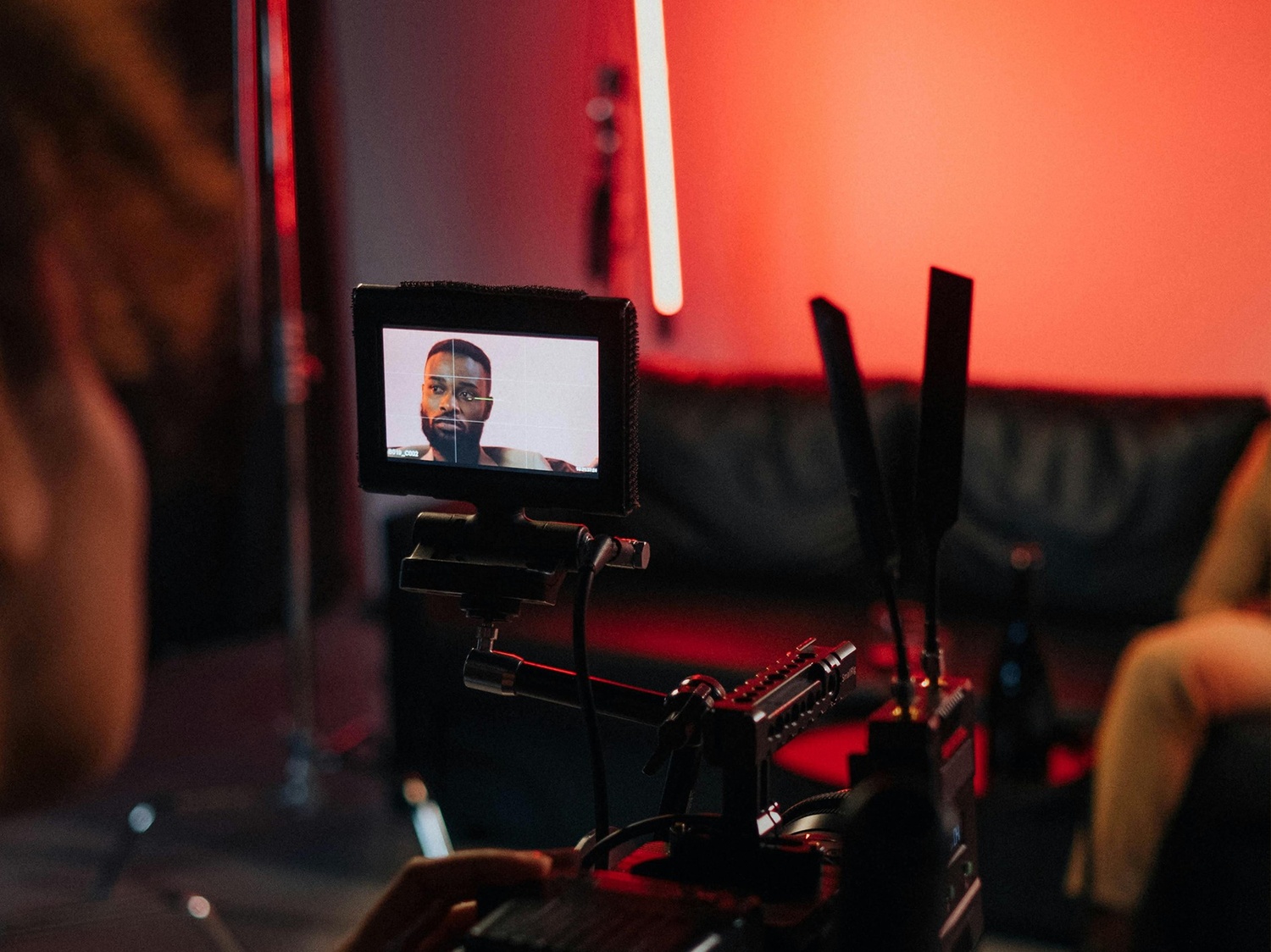The acting industry has changed dramatically since covid. When the world was in lock down productions did slow down however castings were still taking place. This is when the self tape became fiercely popular. When lock down ended casting directors kept the self tape model alive. Gone are the days that actors need to be in the room for the first audition.
The shift towards self-tape auditions has revolutionized the casting process in numerous ways, benefiting both casting directors and actors. Here are some key advantages of the self-tape model:
- Increased Accessibility: Self-tape auditions allow actors from anywhere in the world to audition for roles, breaking down geographical barriers and providing opportunities for talented individuals who may not have access to traditional in-person auditions.
- Efficiency: Casting directors can review a larger pool of talent in a shorter amount of time with self-tapes. This increased efficiency means they can consider a more diverse range of performers for each role and make more informed casting decisions.
- Flexibility: Self-tapes offer flexibility for both casting directors and actors. Auditions can be recorded and reviewed at any time, allowing for greater scheduling flexibility and accommodating actors’ busy schedules.
- Cost-Effective: Self-tape auditions can be more cost-effective for both casting directors and actors, eliminating the need for travel expenses associated with in-person auditions. This allows casting directors to allocate resources more efficiently and actors to audition for a wider range of roles without financial constraints.
- Quality Control: Actors have the opportunity to record multiple takes and ensure they present their best performance in a self-tape audition. This allows for greater quality control and ensures that casting directors see actors at their best.
- Creative Control: Self-tapes give actors more control over their audition process. They can choose their environment, lighting, and camera angles to present themselves in the best possible light, enhancing their chances of impressing casting directors.
- Time Savings: Casting directors can streamline their workflow with self-tapes, reducing the time spent organizing and conducting in-person auditions. This allows them to focus more time and attention on evaluating performances and making casting decisions.
Overall, the self-tape model has transformed the casting process, making it more inclusive, efficient, and accessible for both casting directors and actors. It has become an integral part of the industry, offering numerous benefits that are likely to continue shaping the way auditions are conducted in the future.
However the increased accessibility and efficiency of self-tape auditions have indeed intensified the competition within the industry. With casting directors able to review a larger pool of talent, it’s crucial for actors to ensure their self-tapes stand out amidst the competition. Here are some strategies to help your self-tape shine:
- Read and Understand the Script: This is the most important part. Thoroughly read the script or sides provided for the audition. Understand the character, their motivations, and the context of the scene. If you do not understand the script do not tape! Break down every single line.
- Prepare Your Performance: Spend time developing your character interpretation and rehearsing your lines. Experiment with different emotions, choices, and nuances to bring depth to your performance.
- Set Up Your Recording Space: Choose a quiet, well-lit area for recording your self-tape. Ensure there are no distractions or background clutter. Consider using a neutral backdrop or setting that complements the scene.
- Use Good Lighting and Audio: Opt for natural, diffused lighting that highlights your face evenly. Avoid harsh shadows or overly dark environments. Use a quality microphone or ensure clear audio capture to enhance the sound quality of your performance.
- Frame Your Shot: Position your camera at eye level and frame your shot according to industry standards. Your head and shoulders should be in the frame, with a slight margin above your head. Maintain appropriate distance from the camera to avoid distortion.
- The Background: This should be either blue or grey. You can buy an inexpensive screen on amazon. If you cannot afford a screen, do not have a cluttered background it takes away from your performance. Make the background as plain as possible.
- Focus on Your Performance: Engage fully with the scene and stay in character throughout the recording. Pay attention to your facial expressions, body language, and vocal delivery to convey the character’s emotions authentically.
- Film Multiple Takes: you should nail this on your first take and put yourself in the scenario that you are in the room with the casting director. However with self tapes you have the luxury that if you mess up you can record multiple takes of the scene to explore different interpretations and capture your best performance. Review each take critically to identify strengths and areas for improvement.
- Edit and Review: Trim the footage to include only the best takes and ensure a polished final product. Pay attention to pacing, continuity, and overall coherence of the scene. Consider adding a slate at the beginning with your name and the role you’re auditioning for.
- Submit Promptly: Follow the submission guidelines provided for the audition and submit your self-tape before the deadline. Double-check all requirements, such as file format and naming conventions, to ensure a smooth submission process.
- Seek Feedback: If possible, solicit feedback from trusted peers, mentors, or acting coaches to further refine your self-taping skills. Constructive criticism can help you improve future auditions and self-tapes.
By following these steps and putting in the necessary effort and attention to detail, you can create a compelling and professional acting self-tape that effectively showcases your talent and potential for the role.
If you need help with your self tape recording please reach out to us and our resident acting coach can help you on this.





